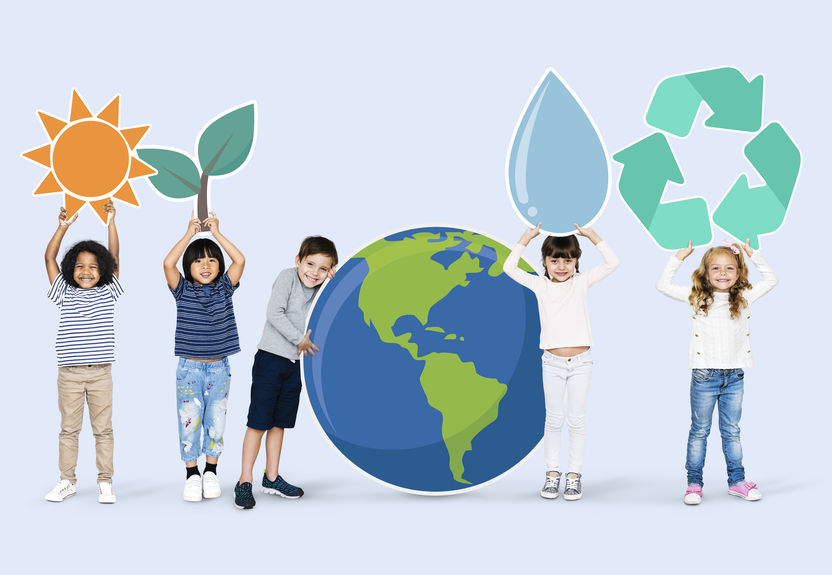Environmental education (EE) includes a broad range of teaching methods, topics, audiences, and educators. EE professionals have worked over the last 30 years to provide distinct definitions, guides, objectives, and standards that will help educators know how to differentiate EE from other educational efforts and how to deliver it effectively.

EE provides the methods and content that can lead to environmental literacy and a more sustainable future. Through EE, people develop questioning, analysis and interpretation skills; knowledge of environmental processes and systems; skills for understanding and addressing environmental issues; and personal and civic responsibility (NAAEE, 2010). Environmental education develops an environmentally literate citizenry that makes choices that are better for the health of the environment, leading to a more sustainable planet.
EE has other benefits, besides leading to environmentally literate citizens. For example, using the environment as the integrating context for learning has been linked to improved test scores, engagement, and teacher satisfaction (Liebermann & Hoody, 1998). There are also health benefits from spending time outdoors (e.g. Faber Taylor & Kuo, 2009).
Australian Environmental Education has developed a range of Incursions called Science Made Easy. The Incursions are designed for Schools, Early Childhood Centres and Vacation Care Centres to help your students learn about the natural world.

